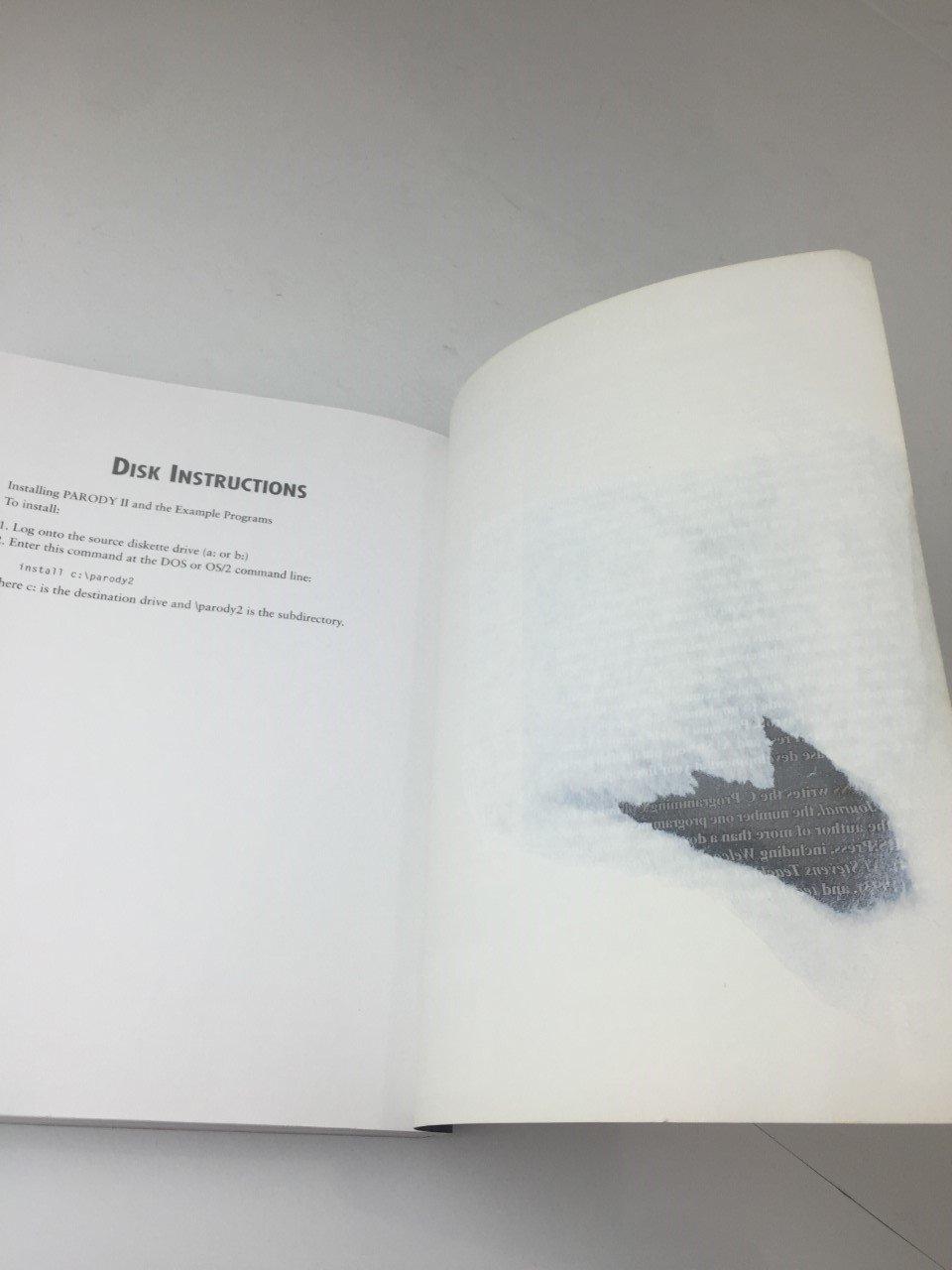Answered step by step
Verified Expert Solution
Question
1 Approved Answer
Provide java algorithm ,program and flowcharts /* (Financial: credit card number validation) Credit card numbers follow certain patterns. * A credit card number must have
Provide java algorithm ,program and flowcharts
| /* (Financial: credit card number validation) Credit card numbers follow certain patterns. | |
| * A credit card number must have between 13 and 16 digits. It must start with: | |
| * | |
| * 4 for Visa cards | |
| * 5 for Master cards | |
| * 37 for American Express cards | |
| * 6 for Discover cards | |
| * | |
| * In 1954, Hans Luhn of IBM proposed an algorithm for validating credit card | |
| * numbers. The algorithm is useful to determine whether a card number is entered | |
| * correctly or whether a credit card is scanned correctly by a scanner. Credit card | |
| * numbers are generated following this validity check, commonly known as the | |
| * Luhn check or the Mod 10 check, which can be described as follows (for illustration, | |
| * consider the card number 4388576018402626): | |
| * | |
| * 1. Double every second digit from right to left. If doubling of a digit results in a | |
| * two-digit number, add up the two digits to get a single-digit number. | |
| * | |
| * 2. Now add all single-digit numbers from Step 1. | |
| * 4 + 4 + 8 + 2 + 3 + 1 + 7 + 8 = 37 | |
| * | |
| * 3. Add all digits in the odd places from right to left in the card number. | |
| * 6 + 6 + 0 + 8 + 0 + 7 + 8 + 3 = 38 | |
| * | |
| * 4. Sum the results from Step 2 and Step 3. | |
| * 37 + 38 = 75 | |
| * | |
| * 5. If the result from Step 4 is divisible by 10, the card number is valid; otherwise, | |
| * it is invalid. For example, the number 4388576018402626 is invalid, but the | |
| * number 4388576018410707 is valid. | |
| * | |
| * Write a program that prompts the user to enter a credit card number as a long | |
| * integer. Display whether the number is valid or invalid. Design your program to | |
| * use the following methods: | |
| * | |
| * /** Return true if the card number is valid | |
| * public static boolean isValid(long number) | |
| * | |
| * /** Get the result from Step 2 */ | |
| /* public static int sumOfDoubleEvenPlace(long number) | |
| * | |
| * /** Return this number if it is a single digit, otherwise, | |
| * * return the sum of the two digits */ | |
| /* public static int getDigit(int number) | |
| * | |
| * /** Return sum of odd-place digits in number */ | |
| /* public static int sumOfOddPlace(long number) | |
| * | |
| * /** Return true if the digit d is a prefix for number */ | |
| /* public static boolean prefixMatched(long number, int d) | |
| * | |
| * /** Return the number of digits in d */ | |
| /* public static int getSize(long d) | |
| * | |
| * /** Return the first k number of digits from number. If the | |
| * * number of digits in number is less than k, return number. */ | |
| /* public static long getPrefix(long number, int k) | |
| */ |
Step by Step Solution
There are 3 Steps involved in it
Step: 1

Get Instant Access to Expert-Tailored Solutions
See step-by-step solutions with expert insights and AI powered tools for academic success
Step: 2

Step: 3

Ace Your Homework with AI
Get the answers you need in no time with our AI-driven, step-by-step assistance
Get Started


